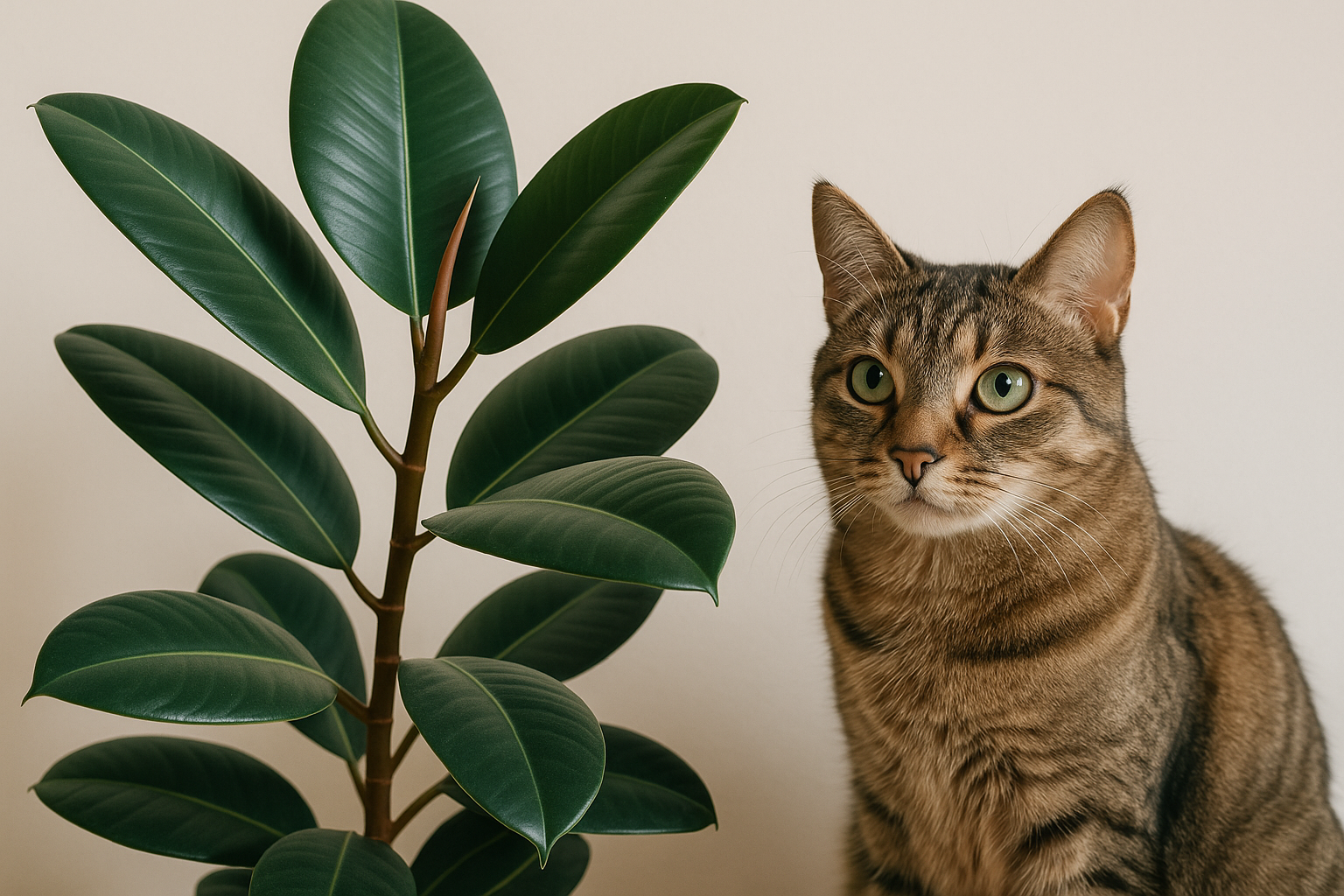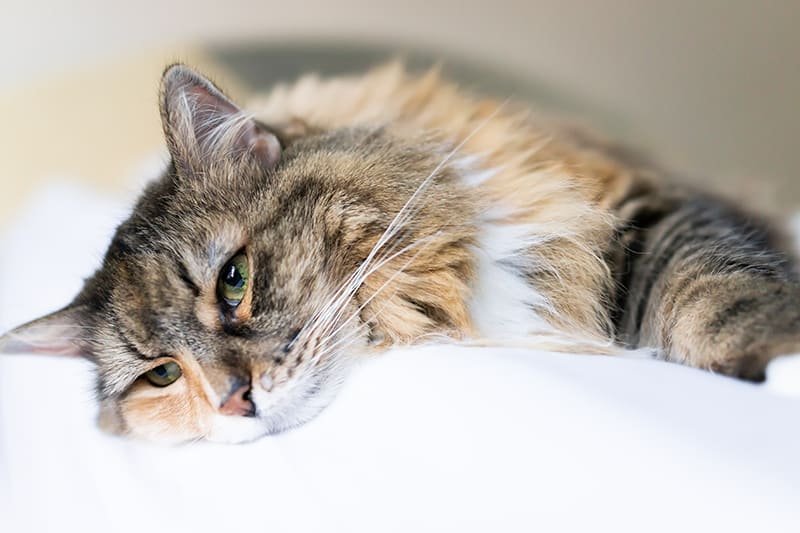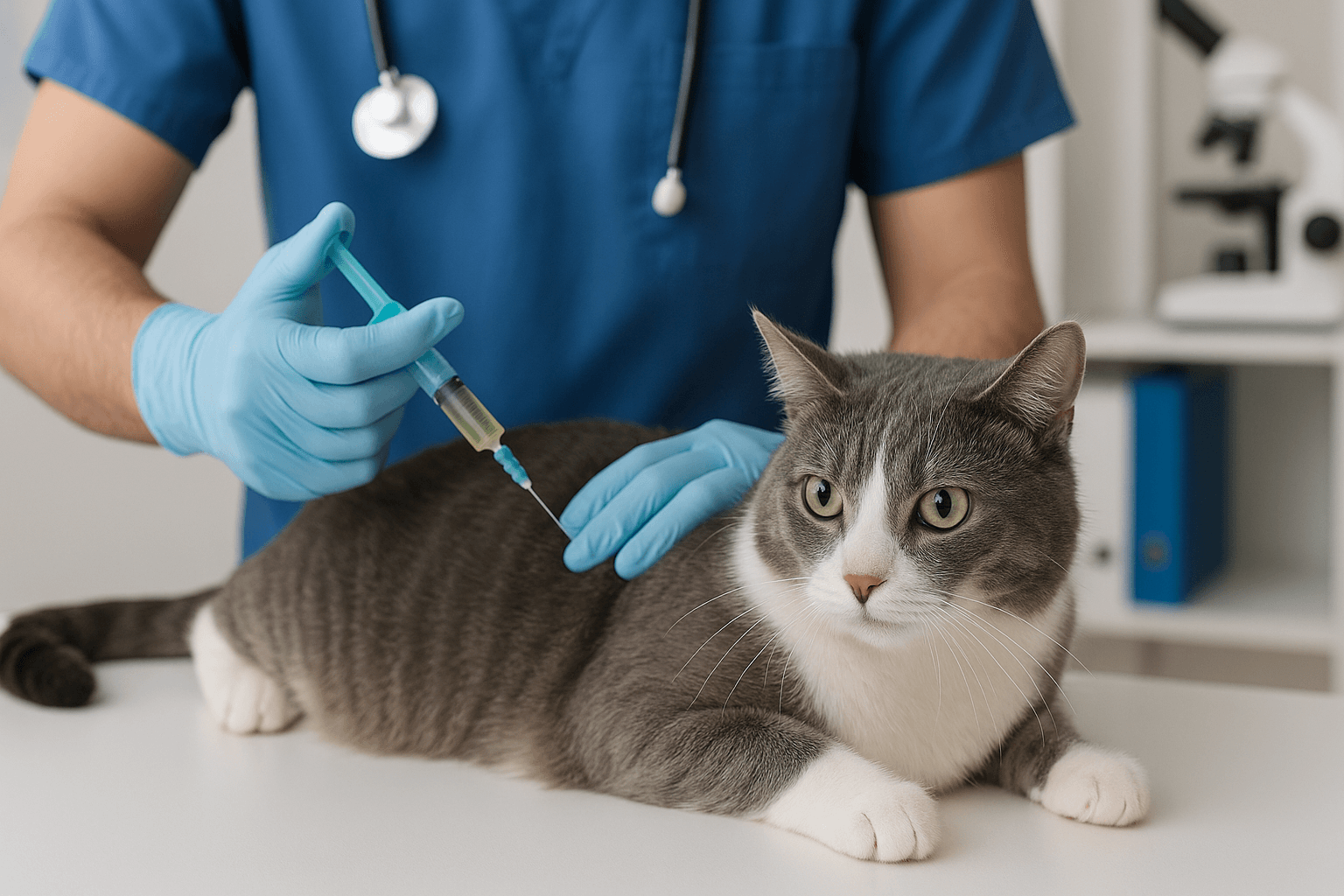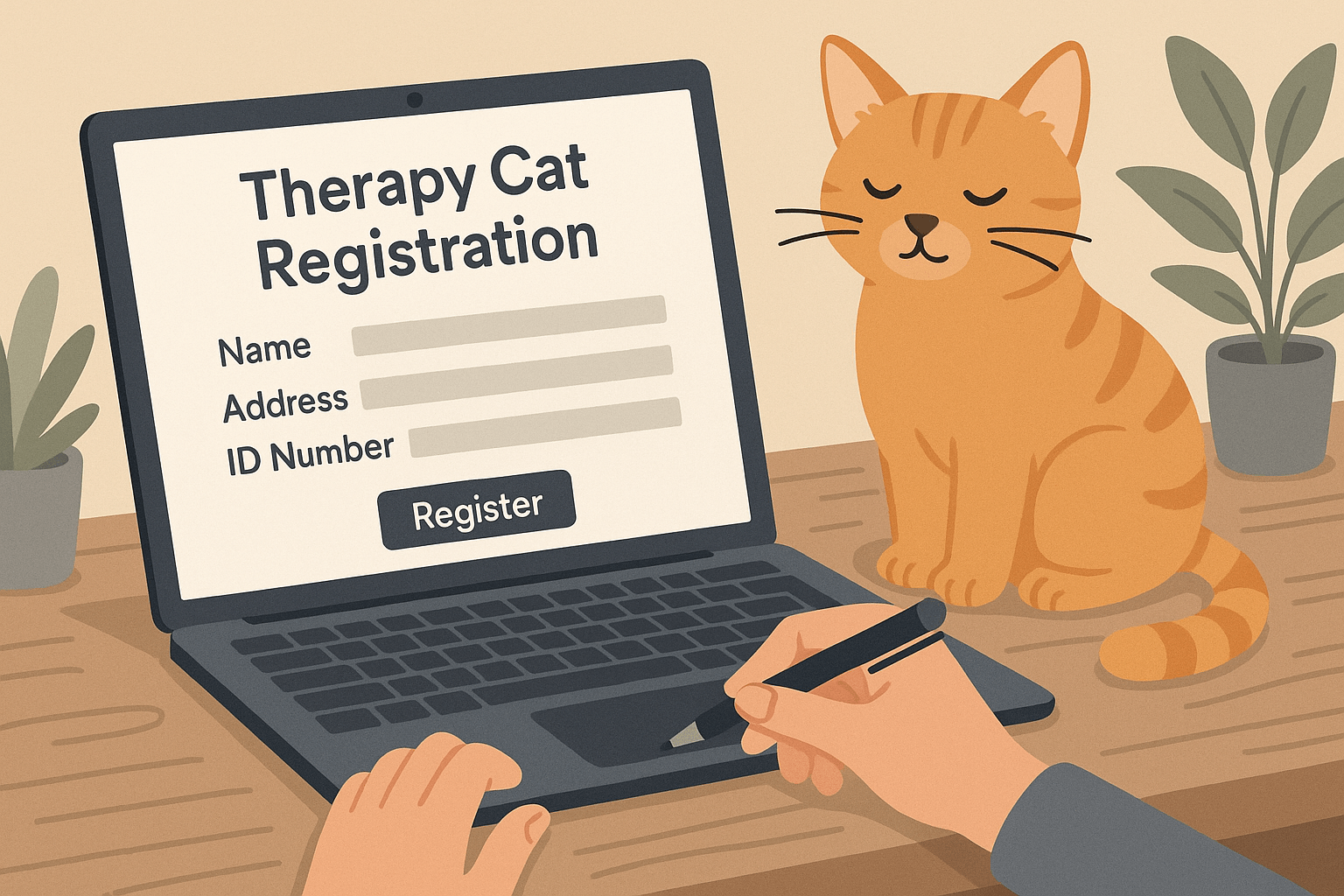Can Cats Eat Pork Rinds? Everything You Need to Know
When it comes to treating our feline friends, many pet owners wonder whether popular human snacks like pork rinds are safe for cats. While pork rinds might seem like a harmless indulgence, it’s important to understand how they affect your cat’s health. Cats have unique dietary needs as obligate carnivores, meaning their bodies are designed to process animal-based proteins efficiently. However, not all human foods align with their nutritional requirements. In this blog post, we’ll explore whether cats can eat pork rinds, the potential risks and benefits, and safer alternatives to keep your furry companion happy and healthy.
Potential Risks of Feeding Pork Rinds to Cats
While pork rinds may be a tasty snack for humans, they pose several risks to cats that every pet owner should consider. These hazards can range from digestive issues to long-term health concerns.
High Fat Content:
Pork rinds are loaded with fat, which can upset a cat’s sensitive digestive system and lead to vomiting or diarrhea.Excessive Salt Levels:
Most commercial pork rinds contain high levels of sodium, which can cause dehydration or even sodium ion poisoning in cats.Choking Hazards:
The crunchy texture of pork rinds can pose a choking risk, especially if your cat tries to swallow large pieces whole.Additives and Seasonings:
Many pork rinds are flavored with spices or artificial ingredients that can irritate your cat’s stomach or cause allergic reactions.Weight Gain and Obesity:
Regular consumption of high-calorie snacks like pork rinds can contribute to unhealthy weight gain in cats.
These risks highlight why caution is essential when considering sharing human snacks like pork rinds with your cat. Always prioritize their health over curiosity.
Benefits of Pork Rinds for Cats (If Any)
While pork rinds are not an ideal treat for cats, there are a few minor benefits worth noting—though these are outweighed by the risks.
Source of Protein:
Pork rinds are made from pork skin, which contains protein—a nutrient cats need in their diet. However, the protein content is minimal compared to healthier alternatives.Low Carbohydrates:
Unlike many processed snacks, pork rinds are low in carbs, which aligns with a cat’s naturally low-carb dietary needs.Satisfies Curiosity:
Some cats may enjoy the taste or texture of pork rinds, satisfying their instinctual curiosity about new foods.Temporary Enjoyment:
A small piece might provide momentary pleasure for your cat, but this should never come at the expense of their health.No Harm in Tiny Quantities (Rarely):
In extremely rare cases, a tiny nibble of plain, unsalted pork rind may not harm your cat—but moderation is key.
While these benefits exist, they are overshadowed by the potential dangers of feeding pork rinds to your cat.
Check this guide 👉Can Cats Eat Beef Liver? Best 7 Expert Tips!
Check this guide 👉Can Cats Eat Caviar? Best 7 Expert Tips!
Check this guide 👉Can Cats Eat Persimmons? Best 7 Expert Tips!
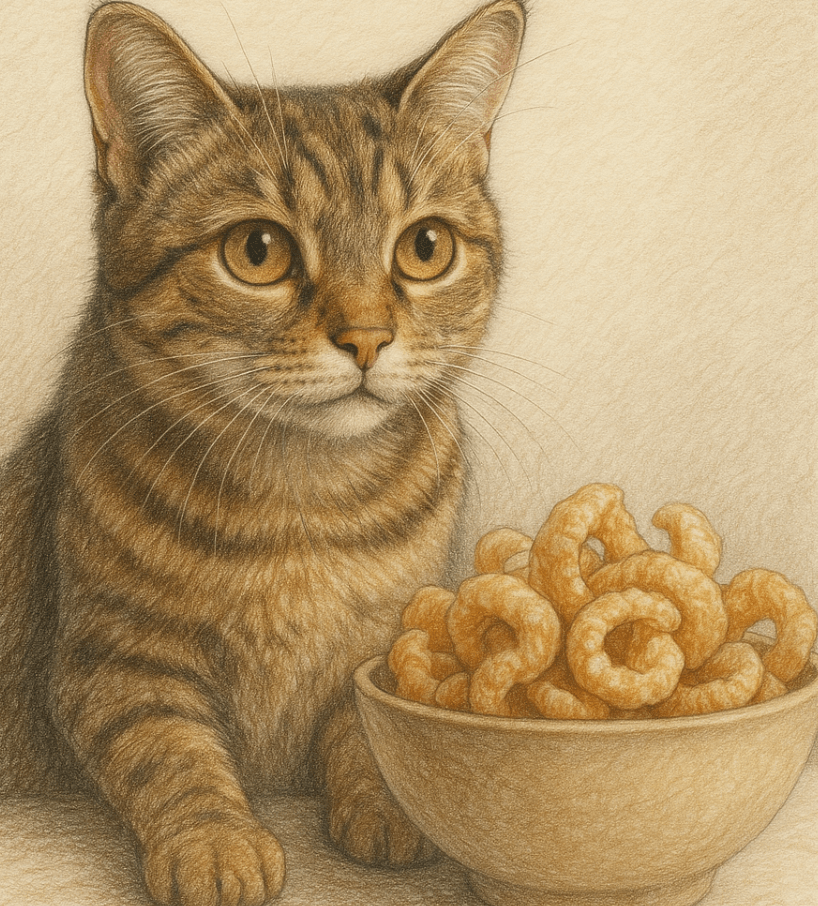
Safe Alternatives to Pork Rinds | Risks of Feeding Pork Rinds to Cats |
|---|---|
Plain cooked chicken (no seasoning) | High salt levels causing dehydration |
Cat-safe treats with limited ingredients | Choking hazards from crunchy textures |
Freeze-dried meat snacks | Additives and spices irritating digestion |
Bone broth (unsalted and strained) | Excessive fat leading to obesity |
Small pieces of boiled fish | Artificial flavorings causing allergies |
How to Safely Introduce New Foods to Your Cat
If you’re curious about offering your cat new foods, it’s crucial to do so safely and responsibly. Follow these guidelines to minimize risks and ensure their well-being.
Consult Your Veterinarian First:
Always seek professional advice before introducing unfamiliar foods to your cat’s diet.Start with Tiny Portions:
Offer only a small amount initially to monitor your cat’s reaction and avoid overwhelming their system.Avoid Seasoned or Processed Foods:
Stick to plain, unseasoned options to reduce the risk of digestive upset or toxicity.Monitor for Adverse Reactions:
Watch for signs of vomiting, diarrhea, or lethargy after introducing a new food.Stick to Cat-Specific Treats:
Opt for treats specifically formulated for cats, as they are designed to meet their nutritional needs safely.
By following these steps, you can ensure your cat enjoys variety without compromising their health.
Signs Your Cat May Be Struggling with Food Sensitivities
Even with precautions, some foods can trigger adverse reactions in cats. Recognizing these signs early allows you to act quickly and prevent further complications.
Vomiting or Diarrhea:
These symptoms often indicate that your cat’s digestive system is struggling to process a particular food.Loss of Appetite:
If your cat refuses to eat after trying a new food, it could signal discomfort or illness.Excessive Drooling:
Drooling may suggest nausea or irritation caused by an unsuitable food item.Lethargy or Weakness:
A sudden lack of energy could indicate a more serious issue, such as sodium poisoning or dehydration.Skin Irritations or Itching:
Allergic reactions to certain foods can manifest as itching, redness, or hair loss.
Recognizing these signs ensures prompt veterinary care, keeping your cat safe and comfortable.
Common Mistakes to Avoid When Feeding Cats Human Foods
Feeding cats human foods can be risky if done improperly. Avoiding these common mistakes ensures your cat stays safe and healthy.
Offering Processed Snacks:
Processed foods like chips or crackers often contain harmful additives that can upset your cat’s stomach.Ignoring Portion Sizes:
Even safe foods can cause problems if given in large quantities; moderation is essential.Skipping Veterinary Advice:
Failing to consult your vet before introducing new foods increases the risk of accidental harm.Assuming All Proteins Are Safe:
Not all protein sources are suitable for cats; some may contain bones, seasonings, or fats that are harmful.Overlooking Allergies:
Cats can develop food sensitivities, so it’s important to introduce new foods gradually and watch for reactions.
Avoiding these pitfalls keeps your cat’s diet safe and balanced.
Healthier Alternatives to Pork Rinds for Cats
If you’re looking for ways to treat your cat without risking their health, here are some healthier alternatives to pork rinds.
Cooked Chicken or Turkey:
Plain, unseasoned poultry is an excellent source of lean protein for cats.Freeze-Dried Liver Treats:
These treats are packed with nutrients and mimic the flavors cats love.Cat Grass or Herbs:
Offering cat-safe plants like catnip or cat grass provides enrichment and satisfies chewing instincts.Homemade Meat Broth:
Unsweetened, unseasoned bone broth can be a hydrating and flavorful treat for cats.Commercial Cat Treats:
High-quality cat treats are formulated to meet feline nutritional needs without unnecessary additives.
These alternatives ensure your cat enjoys tasty treats without compromising their health.
Understanding Your Cat’s Dietary Needs
Cats have specific dietary requirements that differ significantly from humans or even dogs. Understanding these needs helps you make informed decisions about their diet.
Obligate Carnivores:
Cats require diets high in animal-based proteins and low in carbohydrates to thrive.Importance of Hydration:
Cats are prone to dehydration, so wet food or moisture-rich treats are beneficial for their overall health.Essential Nutrients Like Taurine:
Taurine is a vital amino acid found in animal proteins that supports heart and eye health in cats.Limited Digestive Enzymes:
Cats lack certain enzymes needed to break down plant matter, making them reliant on meat-based diets.Avoiding Harmful Ingredients:
Foods containing onions, garlic, chocolate, or excessive salt should always be avoided.
By understanding these dietary principles, you can provide your cat with the nutrition they need to live a long and healthy life.
Frequently Asked Questions About Cats and Pork Rinds
Are pork rinds toxic to cats?
While not inherently toxic, pork rinds contain high levels of fat and salt, which can harm your cat’s health.
Can kittens eat pork rinds?
Kittens should avoid pork rinds entirely due to their developing digestive systems and sensitivity to rich foods.
What happens if my cat eats pork rinds?
A small amount may not cause harm, but larger quantities can lead to digestive upset, dehydration, or obesity.
Are plain pork rinds safer than flavored ones?
Plain pork rinds are slightly safer but still pose risks due to their high fat and salt content.
What should I do if my cat accidentally eats pork rinds?
Monitor your cat closely for adverse reactions and consult your veterinarian if symptoms like vomiting or lethargy occur.
Prioritizing Your Cat’s Health Over Human Snacks
While it might be tempting to share your favorite snacks like pork rinds with your cat, their health and safety should always come first. Understanding the risks associated with human foods helps you make better choices for your feline friend. By sticking to cat-safe treats and consulting your veterinarian, you can ensure your cat stays happy, healthy, and thriving. Remember, your cat relies on you to provide the best care possible—so always choose wisely when it comes to their diet.
Is the Rubber Tree Cat Safe? Best 7 Expert Tips! Discover expert advice on keeping rubber plants safely in cat-friendly homes and learn top tips for pet-safe plant care.
Low Red Blood Cell Count in Cats: Best 7 Expert Tips! Discover causes, symptoms, and treatment options for feline anemia. Learn how to support your cat’s health effectively with expert advice.
Understanding Megacolon Treatment: Best 7 Expert Tips! Discover effective strategies to manage feline megacolon, from dietary changes to surgical options, ensuring your cat’s comfort and long-term health.
How to Register a Therapy Cat: Best 7 Expert Tips! Discover essential steps to certify your cat as a therapy animal, prepare them for training, and make a meaningful impact in therapeutic settings.

